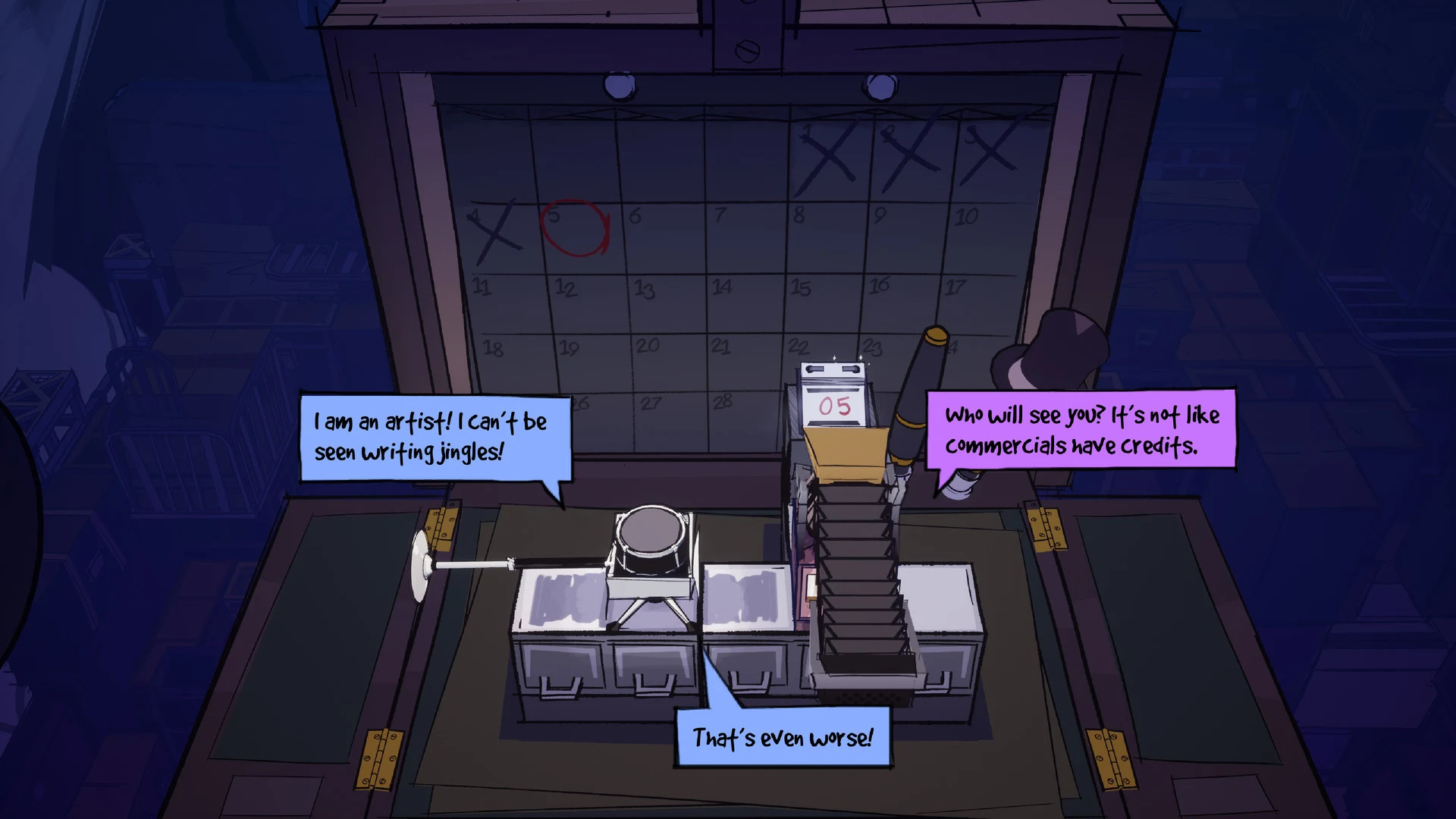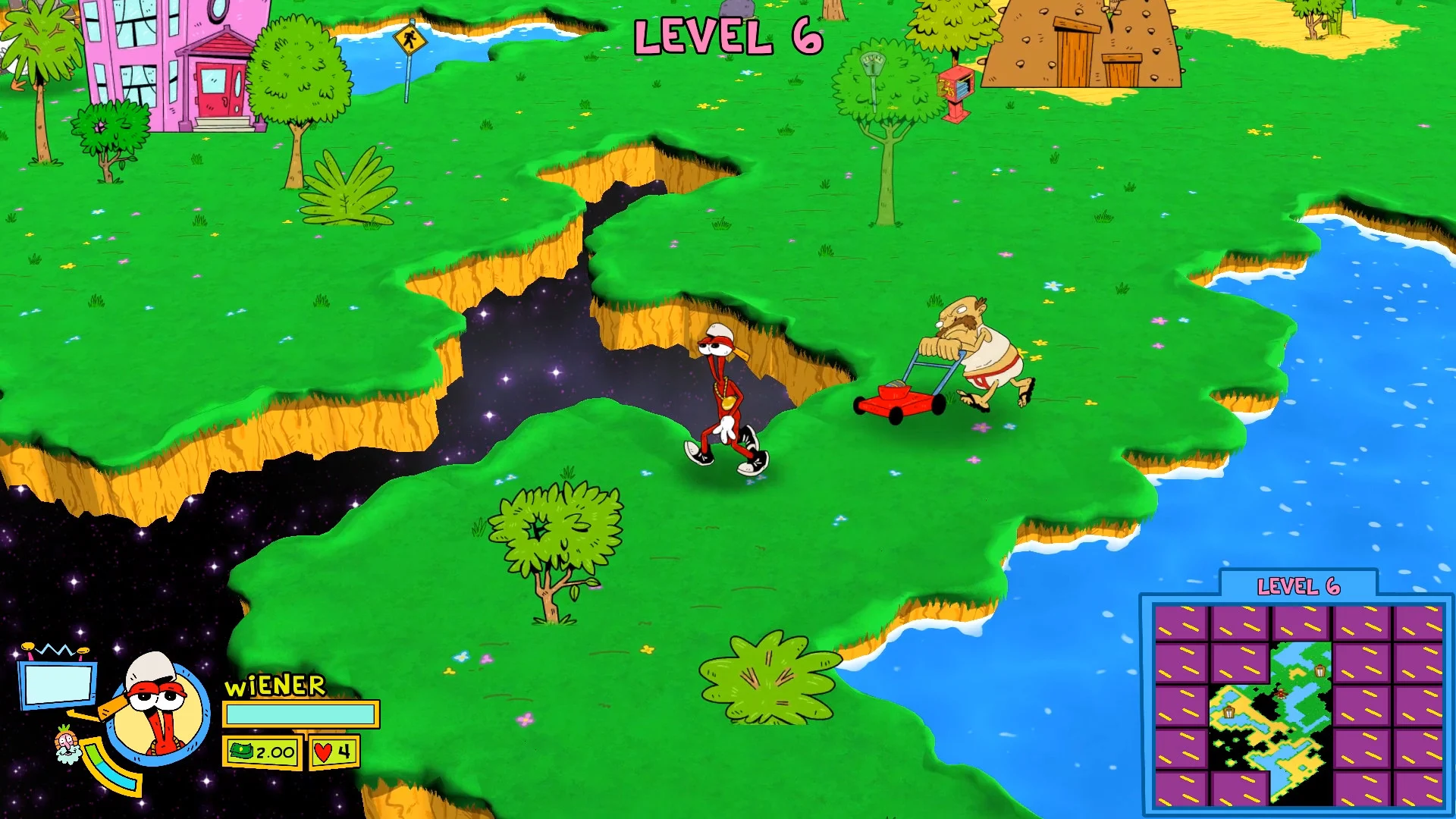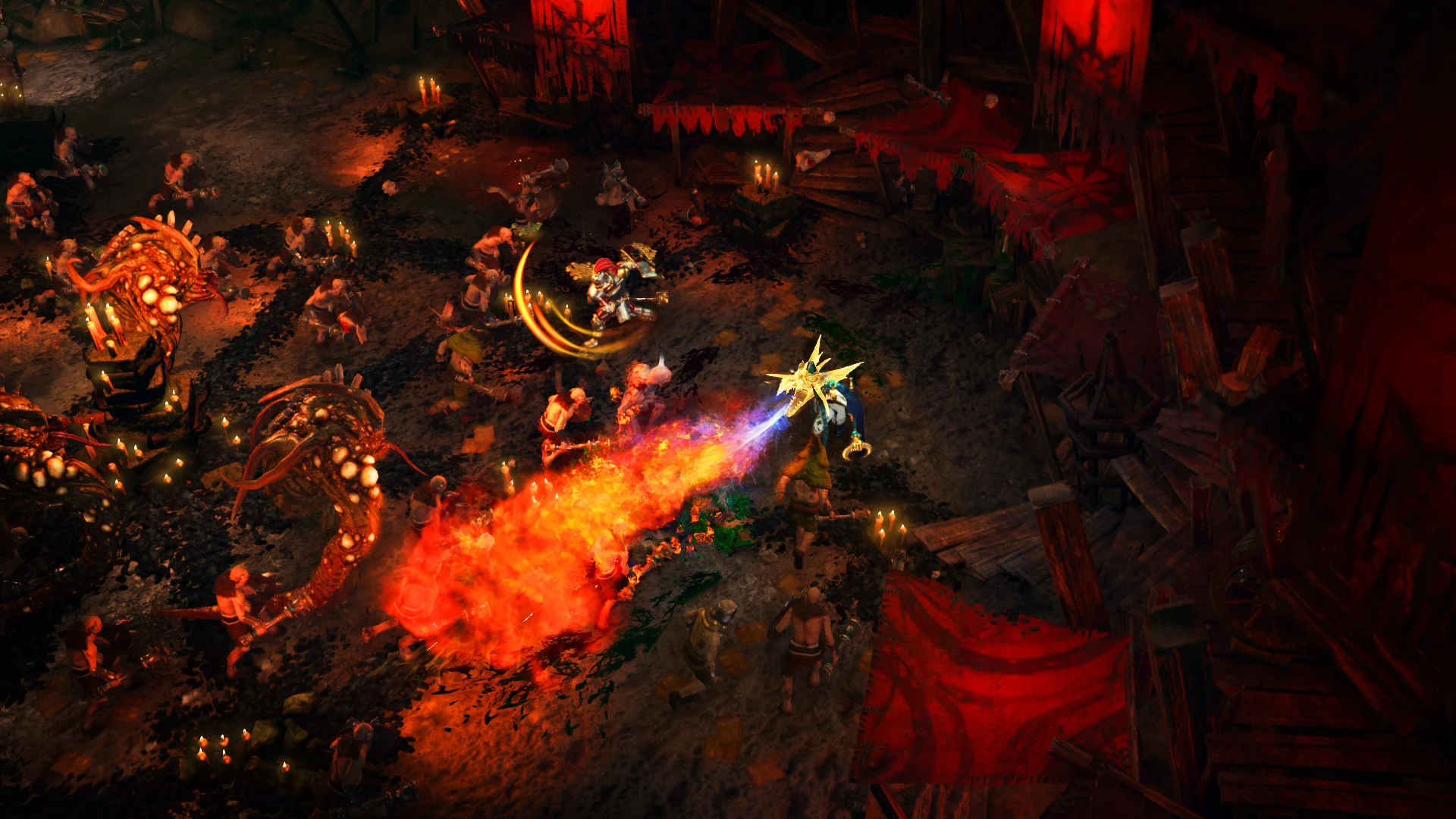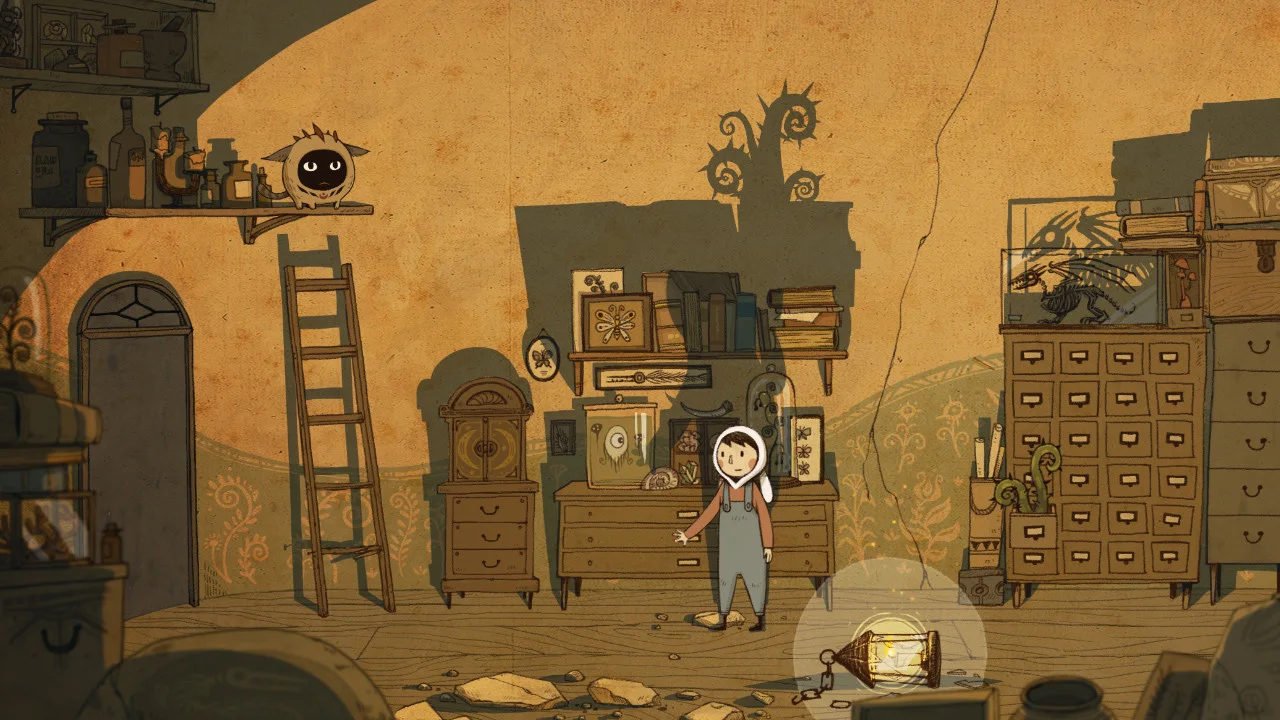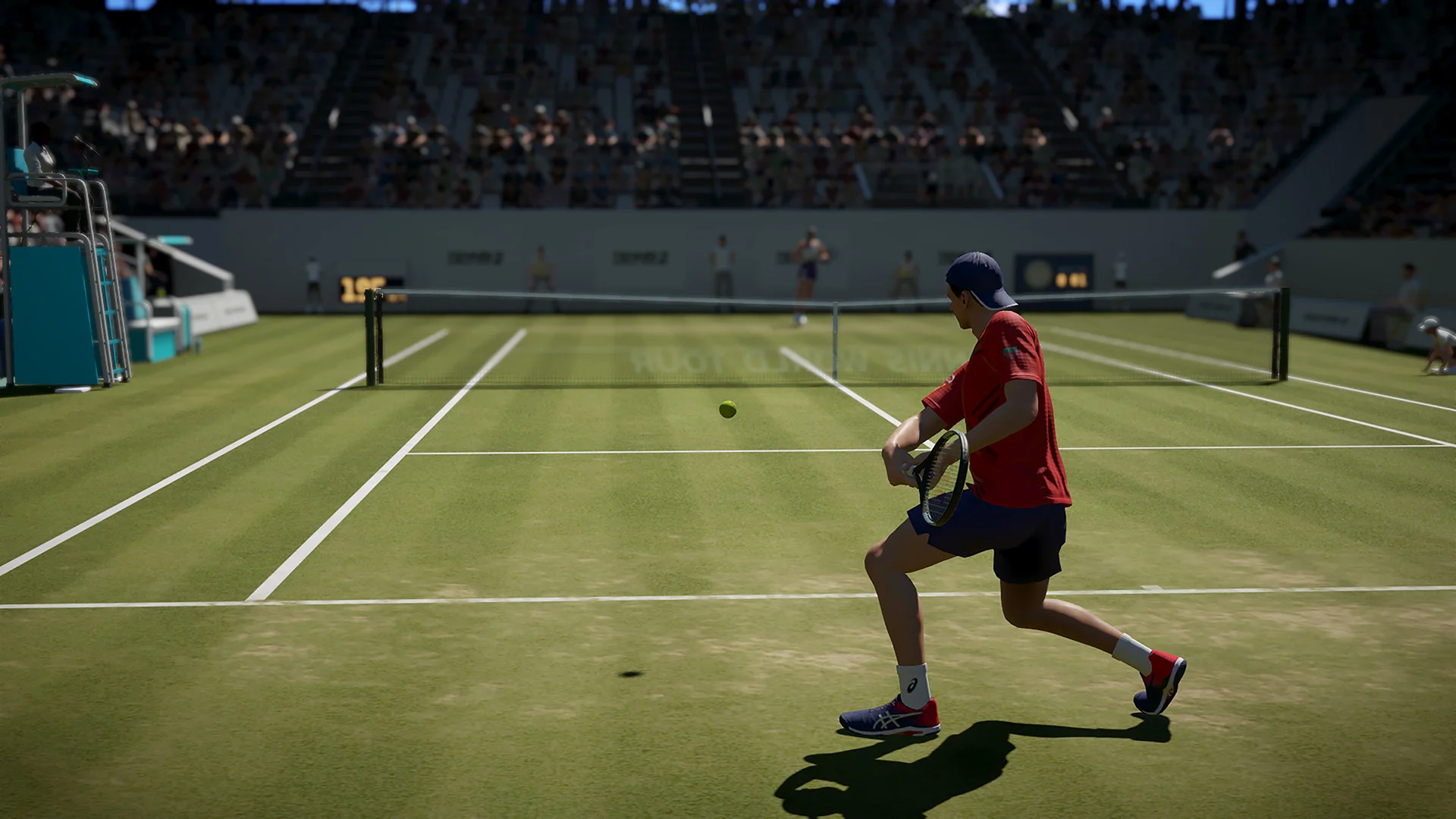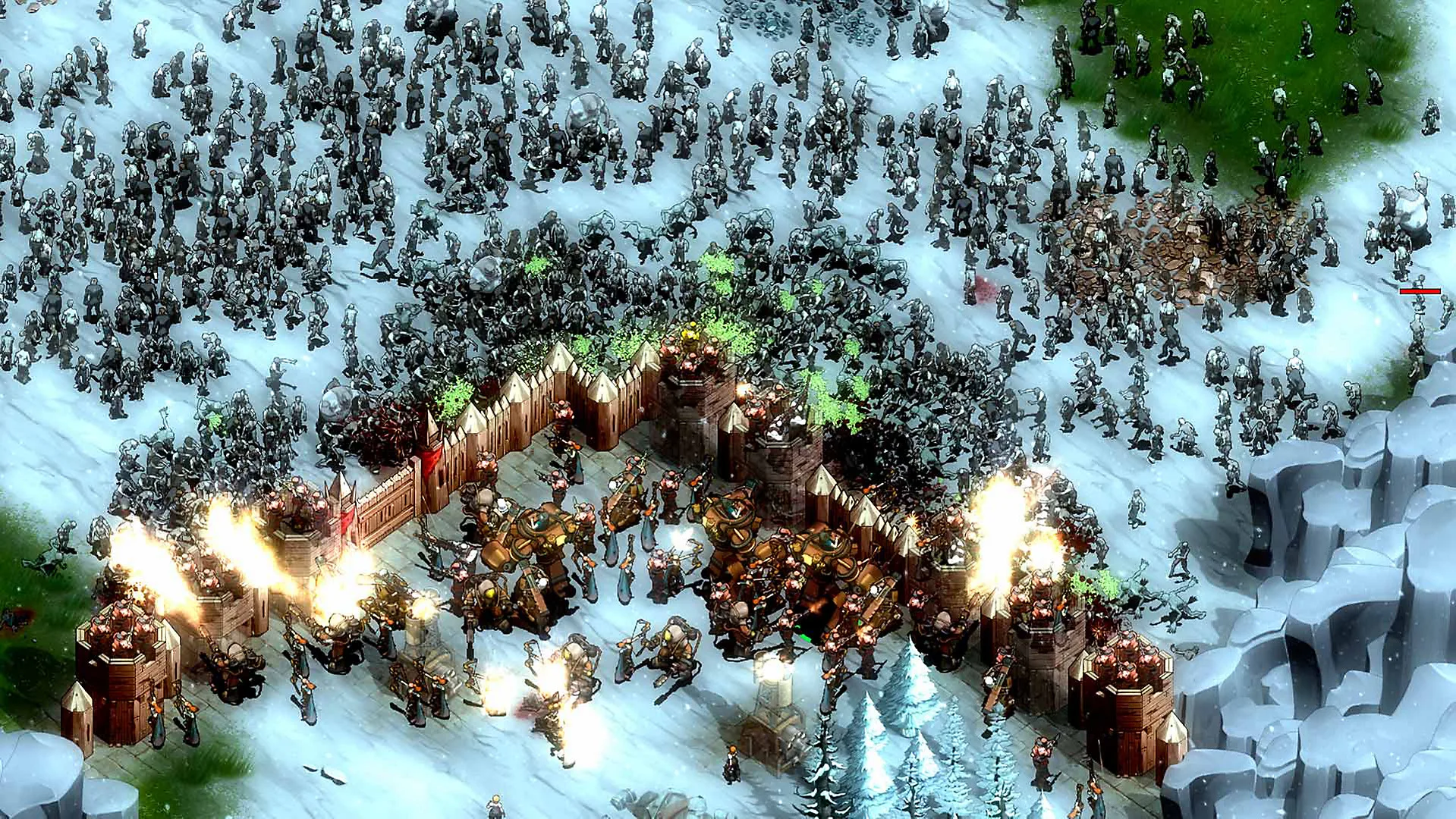When I first saw Kine I was immediately intrigued. Regular readers of Geeky Hobbies will know that one of my favorite video game genres is the puzzle game. It is hard to beat a good puzzle game with clever puzzle design that gives you a sense of accomplishment when you solve a puzzle. I would have been interested in Kine if it was just a puzzle game. There was something more to Kine though as the game had a really interesting premise. Instead of just pushing around boring old blocks you play as a group of musicians, who just so happen to be sentient/robot instruments, that are trying to fulfill their dreams of becoming famous musicians. This might seem a little silly at first but I thought Kine’s premise was really interesting. Kine is a truly unique puzzle game experience combining interesting mechanics with great puzzle design to create a memorable experience that puzzle fans should love.
We at Geeky Hobbies would like to thank Gwen Frey and Chump Squad for the review copy of Kine used for this review. Other than receiving a free copy of the game to review, we at Geeky Hobbies received no other compensation for this review. Receiving the review copy for free had no impact on the content of this review or the final score.
In Kine you play as three inspiring musicians that want to get their big break. The catch is that the musicians are musical instruments. In the game you will play as Euler (trombone), Quat (drum/percussion), and Roo (piano/accordion). You will follow these three struggling artists throughout their journey from beginning musicians to their big break as they get to play on the main stage. Will you succeed in helping Euler, Quat and Roo fulfill their dreams?
Kine is a puzzle game that consists of different stages that are broken down into levels. The objective of each level is to get one of the instruments to a designated space on the board. This is a lot more difficult than it sounds. Each level presents you with a grid board and various obstacles that stand in your way. You must maneuver the instruments from one space to another until they reach the designated space. There are two different ways that the instruments can move in the game. First all of the instruments can move to an adjacent space by rotating their body towards the desired space. When you move in this way the top face of the instrument will change just like if you were turning a six sided dice. This is all you need to solve the first couple of puzzles in the game.
Things become quite a bit more complicated though when the second way of moving the instruments is introduced. As I mentioned earlier each of the characters in the game represents a different instrument and thus have a different shapes and ways to move around the board. These abilities allow you to move quicker around the boards, but they also limit how you can move as different parts of the instruments might prevent you from making certain moves. As a drum/percussion Quat slides along a rod that will always stick out from one side. Roo as an accordion has two different states that can be switched between. Finally Euler has two different trombone slides which can be independently slid back and forth. All of these abilities are used to move them around the stages but you also have to be careful that the pieces that stick out don’t bump into the floor or other obstacles which will prevent them from moving.
The levels in the game are broken down into different storylines. Each of these storylines feature around five to ten different levels that are focused on telling a story of the associated character’s journey to success. As you are introduced to each character they have their own storyline which teaches you the basics of how to utilize their mechanics as well as giving you some backstory on each character. Soon you will get levels where you control two or all three characters at the same time. In these levels you must use all of their special abilities together in order to manipulate their positions in order to reach the destination space.
I have played quite a few different puzzle games and I don’t know exactly how I would classify Kine. I would say that the category that probably fits the best is the slide puzzle genre as you are trying to get an object to a specific location on a grid by sliding and manipulating that object. This comparison is not great though as there is a lot more to the game. This is one of Kine’s greatest strengths as it feels like a truly unique puzzle game. Other games in the genre have similar mechanics but I haven’t played a puzzle game quite like Kine. Using each character’s special abilities to manipulate their positions is a fun mechanic that is quite satisfying when you eventually get the characters to the exit location.
One of the keys to a good puzzle game is naturally good puzzle design. It doesn’t matter how interesting a puzzle mechanic is or how good any of the other elements of the game are if the puzzles are either dull, repetitive, or frustratingly difficult. I think the main reason why Kine succeeds is that it does a fantastic job with the puzzles. The puzzle design is really clever and there is quite a bit of variety. Kine does a fantastic job using the mechanics that it has without having to resort to a bunch of different mechanics. I am genuinely surprised by how many clever ways the game comes up with to use the unique abilities of each character. Some of the puzzles are pretty straightforward, but others require some out of the box thinking. The game does a really good job taking something that you have used in a previous level and twisting it into something unique for a later level. Instead of just slightly tweaking previous puzzles in order to crank out a bunch of levels, Kine does a really good job keeping all of the levels fresh as you have to do something new in every level.
Puzzle games in general aren’t particularly flashy when it comes to their atmosphere as the puzzles are the most important part of the game. Most puzzle games are fine with doing the bare minimum in creating the environment that the puzzles are set up in. Kine does a good job with the atmosphere though. This begins with the design of the levels. Each set of levels have a central theme tailored around the journey of one or more of the characters. The game capitalizes on this by creating a unique style for most of the sets of levels. For example one set of levels is about dating/falling in love and features two of the characters going on a boat ride. The levels do a good job utilizing music themed elements for obstacles and other objects that you need to interact with. This does a good job utilizing the game’s theme and brings character to the game.
In addition to the layout of the puzzles, I thought Kine did a good job creating an environment that you want to explore. The game has a sort of cell shaded/animated style that I think works really well for the game. The character designs are creative and the entire world is nice to look at. While most puzzle games don’t put much into their visuals you can’t really expect much more from this area in Kine. In addition to the visuals I think the game’s music is pretty good as well. The game’s music has a jazz influence which helps set the mood. The music is quite good for the most part even though some of the shorter looping songs used for puzzles that take longer to complete can get a little repetitive after a while. The visuals and music bring a lot to Kine’s atmosphere which is topped off by a surprisingly deep story for a puzzle game. While it is a little weird that the story is about sentient/robot instruments, I liked the story. The story is basically a tale of trying to follow your dreams and it works well within the rest of the game.
Being a big fan of puzzle games I have played quite a few in the past. Based on other puzzle games that I have played I would have to say that Kine fits somewhere between an easy and moderately difficult puzzle game. I do regularly play games from this genre though so that could have an impact on my feelings of the game’s difficulty. I could see the game being quite a bit more difficult for some players and easier for others. I mostly say that the game ranges from easy to moderately difficult as the level of difficulty between levels can change quite a bit. Most of the puzzles in the first 50-60% of the game are quite easy. The puzzles that feature just one or two of the instruments are usually quite easy except for a few of the side quest puzzles that can be somewhat challenging. Once you reach the puzzles that utilize all three characters though the game becomes quite a bit more challenging. These puzzles require some thought as you need to use all three of their abilities together in order to succeed.
At this point I have probably only completed around 70-80% of the puzzles so I can’t give you a definitive length for Kine. The length of the game is really going to depend on a couple of factors. First and foremost it is going to depend on how good you are at solving the puzzles. Most of the puzzles are pretty short and thus have the potential to be solved really quickly. If you pick up on the trick of a puzzle quickly you could probably finish most levels within a couple minutes. If you can’t figure out a puzzle though you could end up spending quite a bit more time in the level. The game has a total of 22 stages with each stage having about five to ten levels. Therefore I would say that the game has around 100 different levels. Quite a few of these appear to be optional though as they are side stories which aren’t needed in order to unlock the main story. I would say that this is quite a few puzzles even though I wish there were more just because I want more puzzles to solve. Once you have beat all of the levels though I don’t see a lot of replay value in the game as you can just replay the same levels over again. If I were to make an educated guess on the game’s length I would say that it will probably take 5-8 hours for most players. If you don’t complete all of the levels or solve them really quickly I could see the game being a little shorter. If you have trouble with the puzzles I could see it taking a little longer.
At first glance Kine might look a little quirky and silly as the game is about robotic/sentient musical instruments. Based on this premise you might think that it is a simple puzzle game mostly meant for children or people who want an easy puzzle game. Once you look underneath the surface though you quickly see that there is a lot more to Kine than you would first think. In some ways the game is similar to other puzzle games in that the goal is to get an object to a designated spot on the board. Kine adds to this premise by adding some interesting mechanics where each character has their own unique form of movement. This is combined with some really clever puzzles that force you to think outside of the box as you try to manipulate the character’s positions in order to reach the exit. This is all topped with an impressive layer of polish including great level design, good visuals and music, and a surprisingly good story for a puzzle game. The game may be a little on the easy side at times as I would say that it is easy to moderately difficult. I also kind of wish Kine was a little longer. These are minor issues though as I had a lot of fun with Kine.
I would recommend Kine to most people. People who have never liked puzzle games or don’t like Kine’s premise may not get a lot out of the game. Puzzle fans like myself should really enjoy their time with Kine though as it is a great puzzle game.

